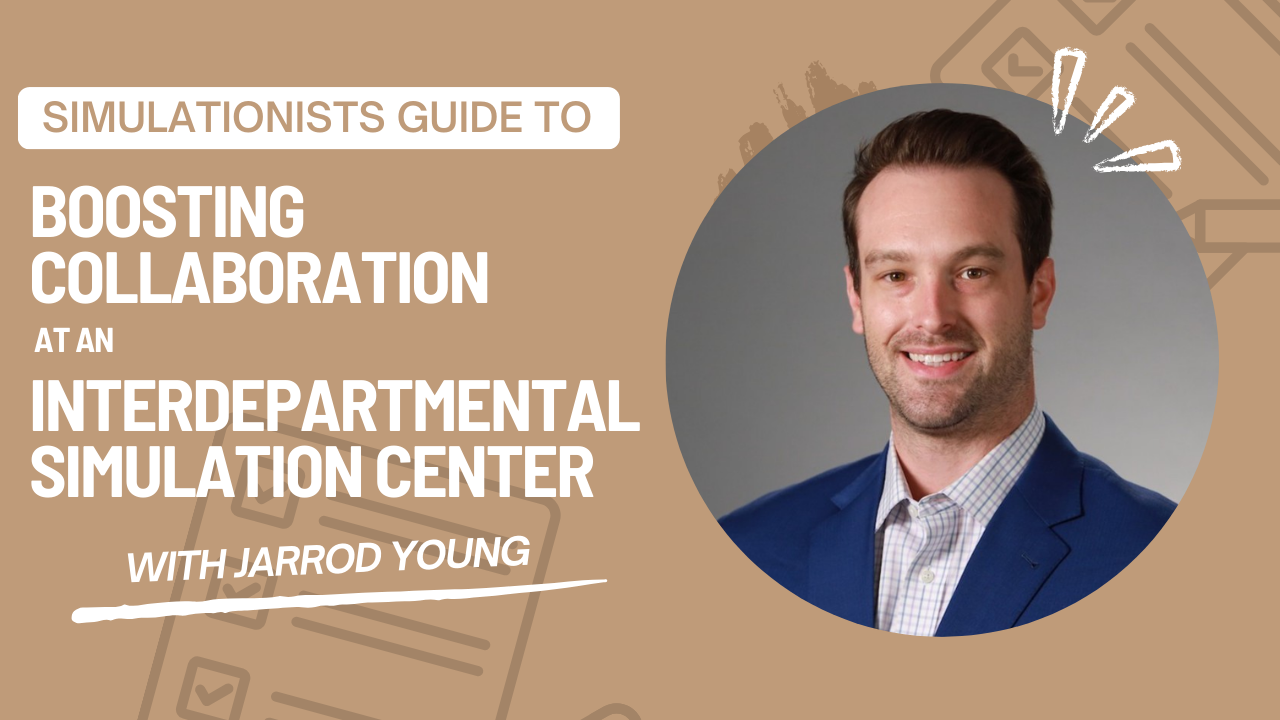Simulationist’s Guide to Character Descriptions For Your Simulation

Megan Weldon, CHSE sat down with Bethany McGonigal on this week’s episode of Simulation Nation to delve more into the theatrical side of simulation and discuss the Simulationist’s Guide to Character Descriptions For Your Simulation. As healthcare simulation continues to grow in popularity, it’s becoming increasingly important to incorporate elements of theater and acting into simulation scenarios. But for those who don’t have a background in theater, it can be difficult to understand the various components that go into creating a well-defined character.
“Theater and healthcare may seem like two very different worlds, but they have more in common than you might think. Both require an understanding of human emotion and behavior, and the ability to connect with others on a deep level.”
Bethany has a degree in musical theater and works as a Simulated Patient Coordinator at Avkin. Her combined passion for theater and healthcare simulation gives her a unique perspective when it comes to SPs training and character building.
According to Bethany, one of the most important elements of creating a character is physicality.
https://youtu.be/GJWqO-yf78M
“In theater, physicality is key to creating a well-defined character. The same is true in healthcare. By paying attention to a patient’s physical movements and posture, we can gain insight into their mental and emotional state.”
Physicality refers to how a character holds themselves and what that says about their personality and background. For example, imagine a patient who is feeling anxious and overwhelmed. By focusing on their physicality – perhaps they’re fidgeting or avoiding eye contact – a provider can gain insight into their mental state and adjust their approach accordingly. This allows learners to be able to listen and respond authentically to their patients and to adjust their treatment according to the patient’s physical and emotional needs.
“Creating a character description is more than just a list of traits – it’s about bringing that character to life and making them feel real.”
Physicality is just one piece of the puzzle. To truly develop a character, an actor (or in the case of simulation, the Simulated Patient) must also consider the character’s backstory and motivations. What events in their life led them to this point? How do they respond to different situations? In theater, this information is often provided in the script. But in healthcare simulation, it may need to be created from scratch. Bethany suggests starting with a very small perspective and building from there. For example, if you want a patient to come across as lacking confidence, you might focus on their physicality and use that to inform other aspects of their personality and behavior.
“It’s not just about acting the part. As healthcare providers, we must be able to listen authentically and respond to our patients’ needs. By doing so, we can provide more effective care and create a more positive healthcare experience.”
Overall, through incorporating elements of theater and acting into healthcare simulation, providers can improve their ability to connect with patients and provide more effective care.
If you enjoyed our Simulationist’s Guide to Character Descriptions For Your Simulation, check out more episodes of Simulation Nation below, and subscribe to our podcast and Youtube so you never miss an episode!













